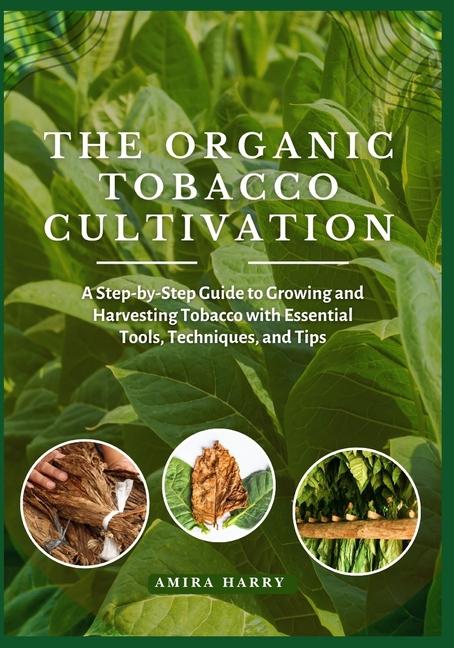Description
Tobacco cultivation has played a significant role in the agricultural, economic, and cultural history of many regions across the globe. As one of the most economically valuable non-food crops, tobacco has influenced rural development, international trade, and public policy for centuries. This book/report/study aims to provide a comprehensive overview of the practices, challenges, and dynamics associated with tobacco cultivation from traditional methods to modern agronomic innovations.
Tobacco farming is highly specialized, requiring careful attention to soil preparation, seedling management, pest control, and post-harvest processing. The cultivation process varies considerably depending on the type of tobacco grown, regional climate, and market demands. Despite its commercial success, the tobacco industry faces growing scrutiny due to health concerns associated with tobacco products and the environmental impact of its production.
In recent decades, governments and research institutions have increased efforts to regulate cultivation practices, encourage crop diversification, and support sustainable agriculture. This preface sets the stage for a deeper exploration of tobacco as both a vital cash crop and a complex subject within the broader context of global agriculture.
We hope this work serves as a valuable resource for farmers, policymakers, researchers, and students seeking to better understand the intricacies of tobacco cultivation and its place in the agricultural landscape.
Tobacco farming is highly specialized, requiring careful attention to soil preparation, seedling management, pest control, and post-harvest processing. The cultivation process varies considerably depending on the type of tobacco grown, regional climate, and market demands. Despite its commercial success, the tobacco industry faces growing scrutiny due to health concerns associated with tobacco products and the environmental impact of its production.
In recent decades, governments and research institutions have increased efforts to regulate cultivation practices, encourage crop diversification, and support sustainable agriculture. This preface sets the stage for a deeper exploration of tobacco as both a vital cash crop and a complex subject within the broader context of global agriculture.
We hope this work serves as a valuable resource for farmers, policymakers, researchers, and students seeking to better understand the intricacies of tobacco cultivation and its place in the agricultural landscape.
Last updated on
Product Details
- Jun 20, 2025 Pub Date:
- 9798288960277 ISBN-10:
- 9798288960277 ISBN-13:
- English Language




